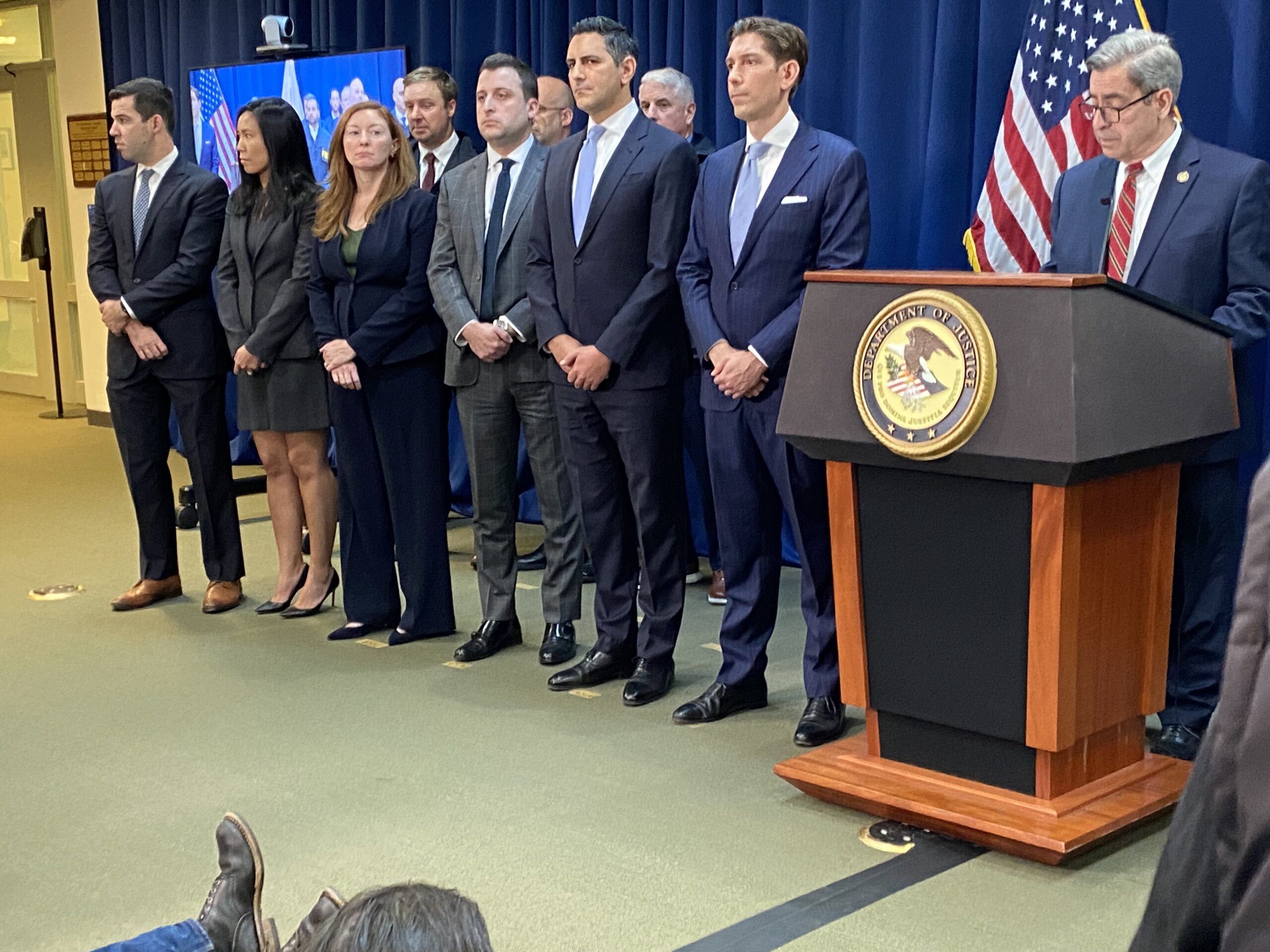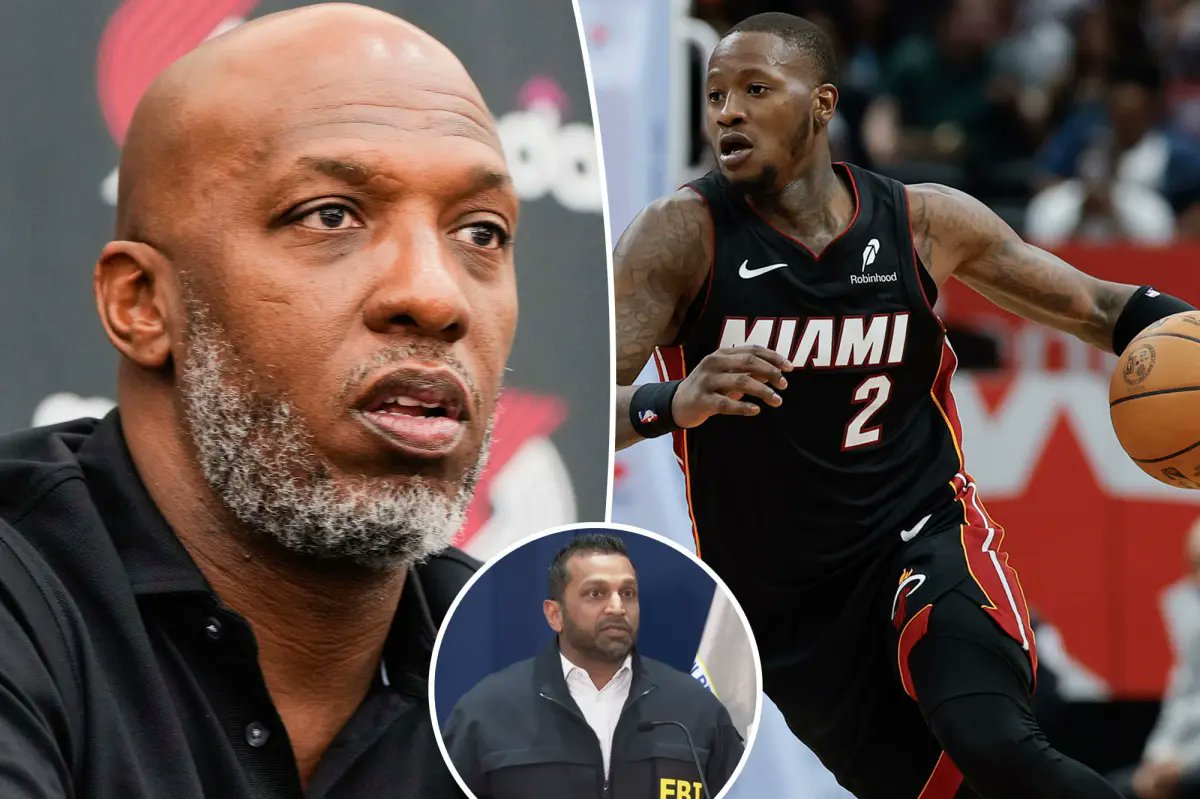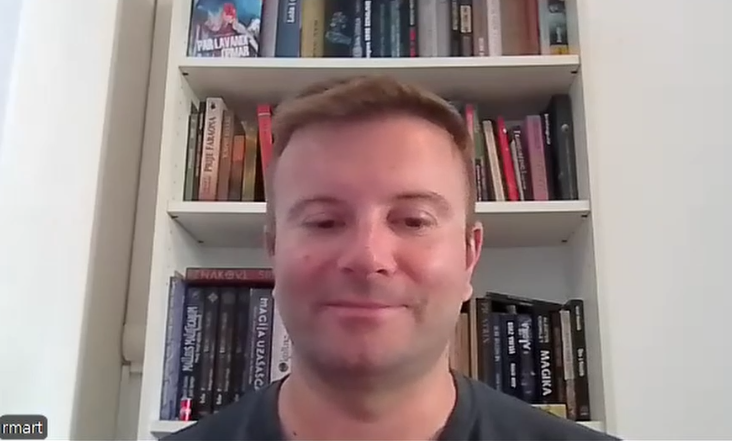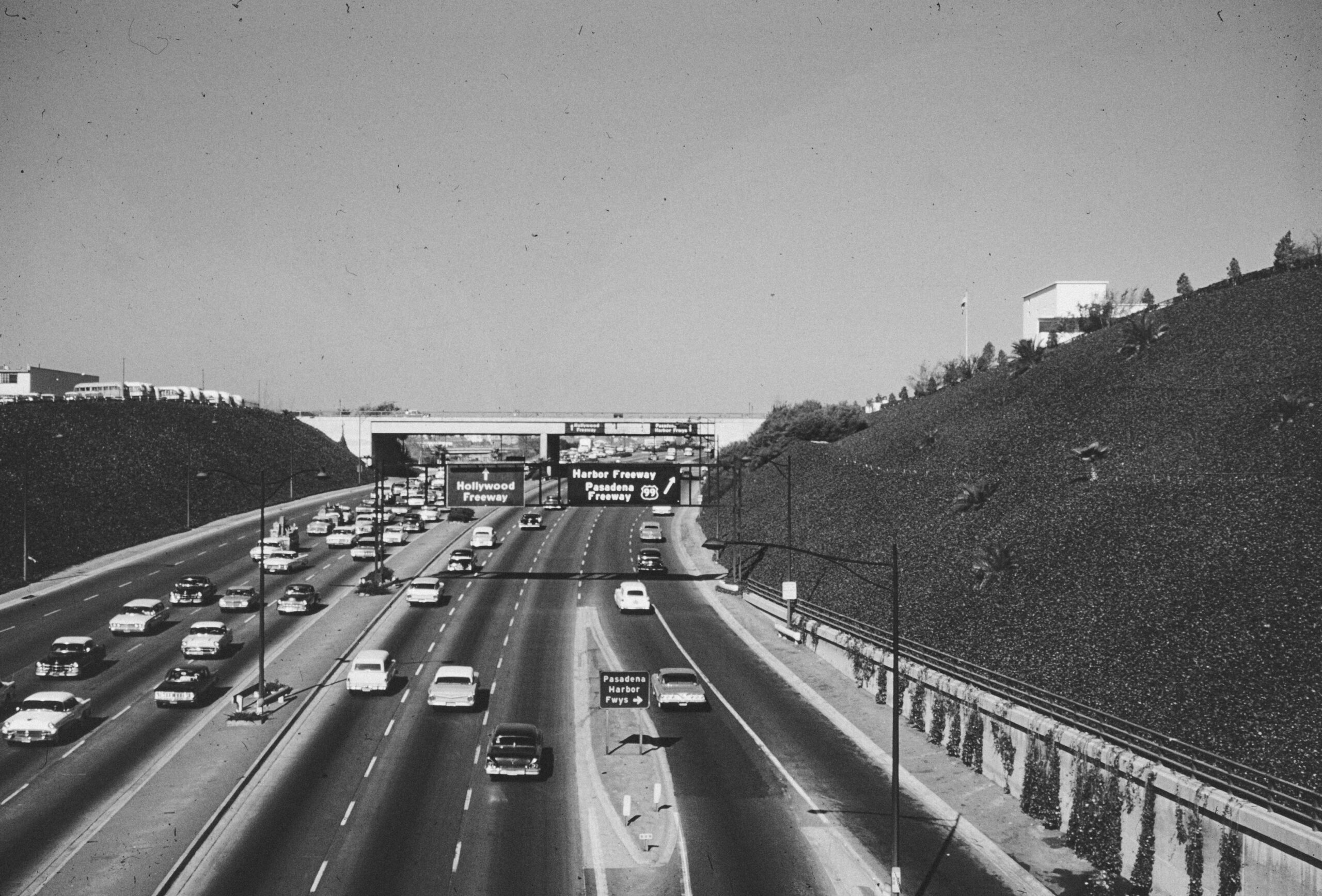By Matija Šerić
In the 1980s and early 1990s, Brazilian state policy shifted from eradication to the preservation and improvement of life in the favelas. The “Favela-Bairro” program, launched in 1993, aimed to improve the living standards of the favelados. The program provided basic public services, connected favelas to the formal urban community through a network of roads and public spaces, and legalized land ownership. However, aggressive state intervention did not entirely disappear.
General violence and drug gang activity escalated in the favelas, and since 1995, the state approved a joint military and police intervention called “Operation Rio.” This operation was the state’s attempt to regain control over the favelas from drug cartels, which had consolidated the social and political vacuum left by previous failed state interventions. Since 2009, Rio de Janeiro has erected walls separating wealthy neighborhoods from favelas—officially to protect the natural environment, but critics argue that these barriers are symbols of segregation between the rich and the poor.
Change and Crime
Many favelas are disappearing. Due to the massive migration into Rio de Janeiro, even the hills above the city have become overcrowded, and the land on which these poor communities developed has become extremely valuable. For instance, one of the most expensive neighborhoods in Brazil was built on the site of the notorious Cidade de Deus (City of God) favela. In Ipanema and Leblon, districts known for their beaches that were once full of favelas, only three remain today. Some were demolished to make way for facilities for the 2014 FIFA World Cup and the 2016 Olympic Games.
Because no taxes are paid in the favelas, many people move there for precisely that reason. Calmer favelas lead to higher property values, and with the arrival of more and more foreigners, many predict that the redevelopment and standard improvements will force original residents to relocate.
Until a few years ago, favelas were ruled almost entirely by violence and drug lords, but the so-called pacification and frequent police raids—initiated in connection with international sporting events—have made these wild settlements somewhat safer. But not much. Many favelas are still inaccessible. Entry often requires permission from a “boss”—usually a drug dealer. It’s important to note that most favela residents have lived in poor conditions since birth and are unaware that something better or different exists. A small percentage of people chose to live in the favela because life elsewhere was even worse.
Child Crime
Children learn about crime from an early age, and it is common for them to work for powerful figures in the criminal industry. It’s not unusual to see a child with a gun or mothers transporting drugs. Drug dealing is one of the biggest issues, mostly involving teenage boys. Street shootouts are frequent—not only among gangs but also between criminals and police forces. In recent times, favelas are not quite as “notorious,” although the Brazilian government still warns foreigners not to visit them alone.
Documentary about favelas
A World of Their Own
Residents of favelas are often left to fend for themselves, as the Brazilian authorities have ignored the poor for decades, only starting to show interest in the past 20 years with the rise of leftist governments like the current administration under President Lula da Silva. Some favelas were so neglected that even the police did not enter, making them a world of their own. According to 2011 data, 11.5 million Brazilians—about 6% of the population—live in favelas, and there are around 1,000 in Rio de Janeiro alone.
According to Brazil’s research agency, more than 70% of favela residents are of African descent, followed by mixed-race individuals. The term “mixed-race” (or melezos) refers to people born from interracial unions (mulattos—white and Black, mestizos—white and Indigenous, zambos—Black and Indigenous).
The average life expectancy in the favelas is 48 years—20 years below the national average. This is attributed to poor hygiene, a lack of sanitation facilities, environmental pollution, and high crime rates. These figures are never fully accurate, as Brazilian authorities do not maintain precise statistics.
Positive Developments
Despite all the negative aspects associated with favelas, not everything is bleak. Many positive things have emerged from their existence. Experts believe that Brazil is a football superpower largely because many of its stars grew up in poor urban neighborhoods. Those children and youth who want to avoid crime often turn to sports. Some of the greatest football legends—such as Pelé, Rivaldo, and Ronaldo—began their careers on the streets of the favelas. Ronaldinho also lived with his family in a shack in the heart of a favela. The hardships of life pushed the youth to play football in pursuit of a better future.
Favelas also saw the birth of various music styles like samba, hip-hop, and funk carioca. The latter was popularized in the favelas and has since gained international popularity. Since the mid-1990s, tourists have increasingly wanted to visit favelas to see another side of Brazil. Travel agencies take interested visitors through these poor neighborhoods to show the real face of this South American country. The fascination with favelas can be seen in countless images, photos, and videos, and some buildings around the world have even been modeled after them. Some European nightclubs are even designed in a similar fashion. Favelas remain a lasting symbol of the hardships endured by the Brazilian people and a reminder that in the land of wonders, slums of misery still exist.








